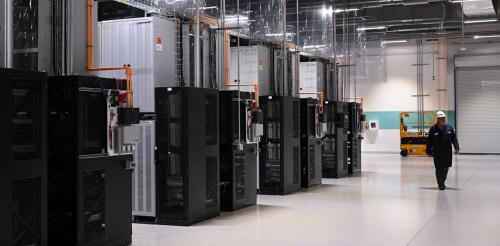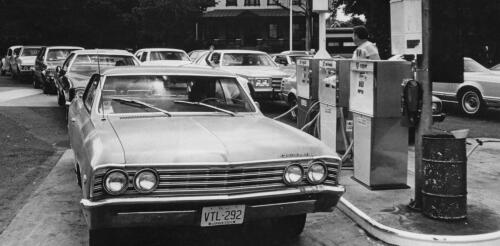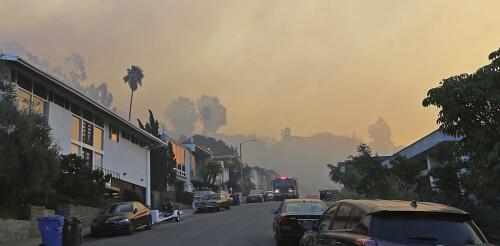environment
After nearly two decades of stagnation, U.S. electricity demand is surging, driven by growing numbers of electric cars, data centers and air conditioners in a warming climate. But traditional power plants that generate electricity from coal, natural gas or nuclear energy are retiring faster than new ones are being built in this country. Most new supply is coming from wind and solar farms, whose output varies with the weather. That’s left power companies seeking new ways to balance supply and demand. One option they’re turning to is virtual power plants. These aren’t massive facilities generating electricity at a single site. Rather, they are aggregations of electricity producers, consumers and storers – collectively known as distributed energy resources – that grid managers can call on as needed. Some of these sources, such as batteries, may deliver stored electric power. Others may be big electricity consumers, such as factories, whose owners ha...
Each year, the federal government purchases about 50,000 new vehicles. Until recently, almost all of them ran on diesel or gasoline, contributing to U.S. demand for fossil fuels and encouraging automakers to continue focusing on fossil-fueled vehicles. That’s starting to change, and a new directive that the Biden Administration quietly issued in September 2023 will accelerate the shift. The administration directed U.S. agencies to begin considering the social cost of greenhouse gases when making purchase decisions and implementing their budgets. That one move has vast implications that go far beyond vehicles. It could affect decisions across the government on everything from agriculture grants to fossil fuel drilling on public lands to construction projects. Ultimately, it could shift demand enough to change what industries produce, not just for the government but for the entire country. What’s the social cost of greenhouse gas? The social cost of greenhouse gase...
Hundreds of millions of tons of single-use plastic ends up in landfills every year, and even the small percentage of plastic that gets recycled can’t last forever. But our group of materials scientists has developed a new method for creating and deconstructing polymers that could lead to more easily recycled plastics – ones that don’t require you to carefully sort out all your recycling on trash day. In the century since their conception, people have come to understand the enormous impacts – beneficial as well as detrimental – plastics have on human lives and the environment. As a group of polymer scientists dedicated to inventing sustainable solutions for real-world problems, we set out to tackle this issue by rethinking the way polymers are designed and making plastics with recyclability built right in. Why use plastics, anyway? Everyday items including milk jugs, grocery bags, takeout containers and even ropes are made from a class of polymers...
Fifty years ago, a secret deal among Arab governments triggered one of the most traumatic economic crises to afflict the United States and other big oil importers. Saudi King Faisal and other Arab leaders launched an oil embargo on Oct. 17, 1973, as payback for Washington siding with Israel in its war with neighboring Egypt and Syria. The oil market hostilities arose from a pact between Faisal and the leaders of Egypt and Syria, whose armies planned surprise drives to retake their territory under Israeli occupation. If the United States intervened to assist Israel, Faisal and other Arab producers agreed to retaliate with the “oil weapon.” When Washington airlifted in U.S. weapons that helped Israel thwart Arab gains, Faisal and OPEC’s Arab members retaliated. They increased oil prices, banned oil shipments to the United States and cut production by 5% per month. The ensuing economic and political carnage is legendary. The embargo catalyzed a long period of...
When wildfire smoke turns the air brown and hazy, you might think about heading indoors with the windows closed, running an air purifier or even wearing a mask. These are all good strategies to reduce exposure to the particles in wildfire smoke, but smoky air is also filled with potentially harmful gases. Those gases can get into buildings and remain in the walls and floors for weeks. Getting rid of these gases isn’t as simple as turning on an air purifier or opening a window on a clear day. In a new study published in the journal Science Advances, colleagues and I tracked the life of these gases in a home exposed to wildfire smoke. We also found that the best way to get rid of the risk is among the simplest: start cleaning. The challenge of smoke particles and gases In December 2021, several of my friends and colleagues were affected by the Marshall Fire that burned about 1,000 homes in Boulder County, Colorado. The “lucky” ones, whose homes were still stand...




